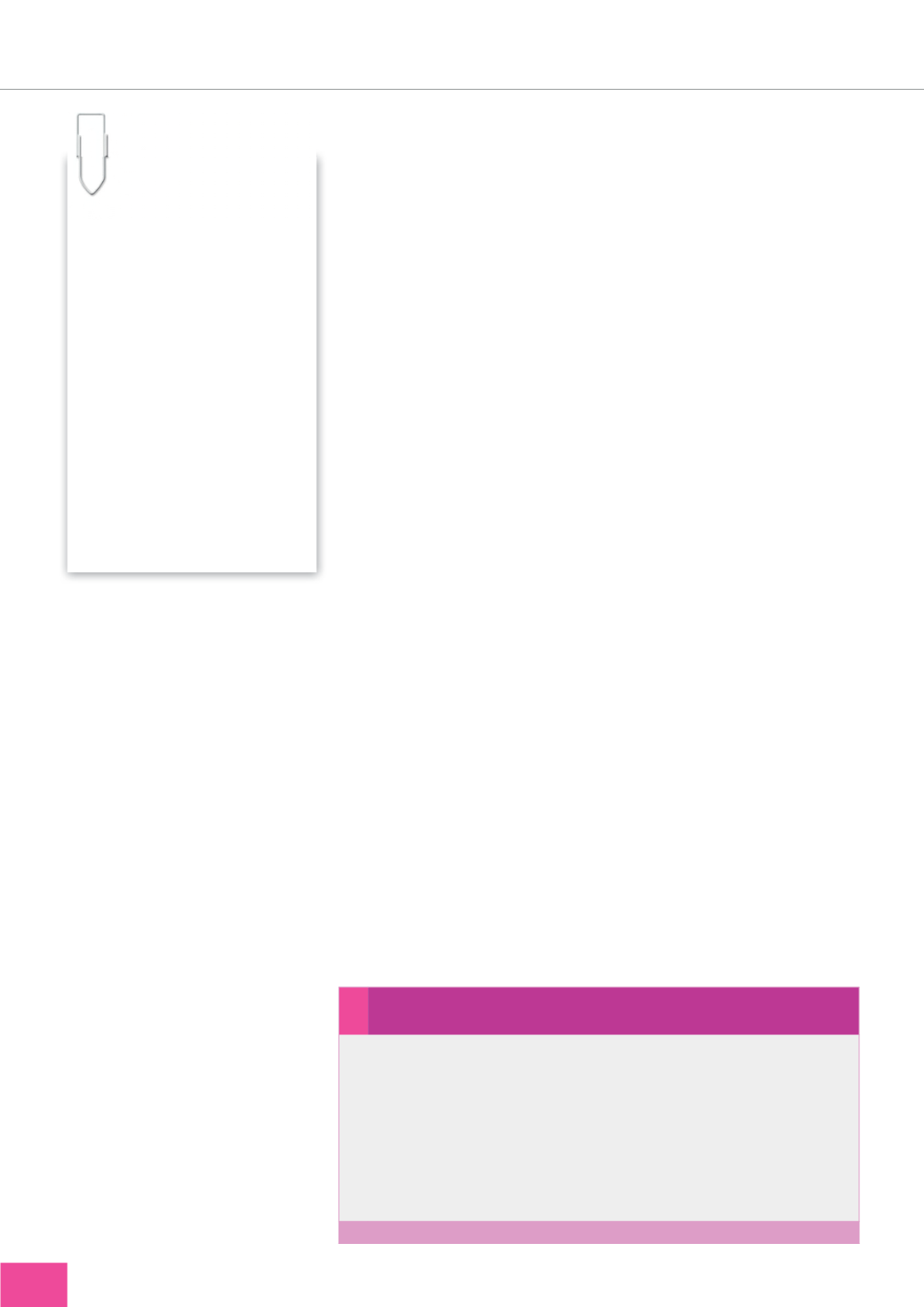
32
WOUND CARE TODAY
2014,Vol 1, No 1
FOCUS ON COMPRESSION THERAPY
›
various bandages so that sub-bandage
pressure is built up through a series
of layers, including padding, a layer of
crepe bandage, a third layer of light
compression bandage, and a fourth
layer of cohesive bandage (Bianchi et
al, 2013).
However, compression bandaging
does have some drawbacks. Patients
often find the bandages bulky, which
can restrict mobility, interfere with
clothing choice, and cause difficulty
in choosing appropriate footwear.
Similarly, compression bandages
need to be applied by an experienced
clinician who is competent in their
application — poor technique can
damage the limb, the amount of
compression delivered may be
compromised, and bandages can slip
causing increased discomfort, all of
which will increase the time
to healing.
However, over the past decade
two new compression therapy
options have been introduced — the
two-layer bandage system and the
two-layer hosiery kit, both of which
are designed to provide graduated
compression with the recommended
40mmHg pressure at the ankle, while
being less bulky than traditional four-
layer bandaging.
THE SCIENCE —
COMPRESSION
The aim of compression is to
control the volume of blood in
the patient’s veins and arteries,
as well as regulating the fluid
in the tissues. Compression can
be applied at varying degrees,
with the effect on the fluid in
the limb being dependent on the
amount of pressure applied. This
is also influenced by the type of
compression used — bandages
or hosiery — and the method
of application (Moffatt, 2007).
Compression exerts the highest
pressure on the blood vessels
near the surface of the skin, such
as capillaries, with less pressure
applied to deeper veins and
arteries (Moffatt, 2007).
Whether a two- or four-layer
system is chosen, compression
bandages continue to be useful
in the management of venous
ulceration, especially when a patient
has a highly exuding ulcer requiring
bulky dressings, or where there is
significant oedema, which results
in a distorted limb shape. Both are
unsuitable for management with
hosiery, as they would mean the
clinician recreating the graduated
limb shape required for hosiery
using wadding.
As with any treatment,
concordance is crucial, and it is
important to stress to patients that
compression requires a lifetime
commitment if the benefits gained
initially are to be kept up. There are
ways of helping the patient commit
to this, for instance, if patients
experience pain at night, as many
venous leg ulcer patients do, inelastic
bandages (see box below) can be
used as they are less tight during
sleep due to low resting pressure.
Compression hosiery
Hosiery can be used on limbs with
wounds — if they are not too large
or heavily exuding — and on those
limbs where oedema needs to be
managed. The key to moving from
bandaging to hosiery is for the limb
itself to have a graduated shape
(as opposed to that shape being
artificially created with wadding). As
long as this condition is met, hosiery
can be used on larger limbs.
Hosiery should be worn to
maintain the benefits of compression
gained by the bandaging. It is
worn during the day, and often at
night, and, as with bandaging, it is
important to stress to patients that it
is a long-term commitment.
There are a wide range of
compression hosiery styles available
and these are manufactured as either
‘circular’ or ‘flat-knit’ (Hopkins,
2008). However, they all conform to
either British Standard or European
classification (SIGN, 2010). Hosiery
is classified according to the pressure
that is applied and this is measured in
millimetres of mercury (mmHg).
Of crucial importance when
choosing hosiery is whether or not it
suits the patient — there will be little
therapeutic effect unless compression
is consistently applied. Therefore,
clinicians should take time to involve
patients in choosing the right colour
and style of hosiery, as well as talking
them through how compression
works and how it will help to reduce
oedema (if present), as well as
healing/improving skin changes and,
in the case of open ulcers, promoting
healing (Timmons and Bianchi, 2008;
Lay-Flurrie, 2011).
Involving patients in the choice
of hosiery means that they will feel
more empowered and, in turn, are
more likely to keep up the treatment.
Concordance can also be improved
by various kits that aid patients with
compromised dexterity to apply their
own hosiery.
Compression hosiery kits consist
of two layers of stocking, which
together are designed to provide
40mmHg at the ankle. The kits
comprise an under-stocking and an
over-stocking, and both layers need
›
Wound facts... compression bandages
Compression bandages are often termed ‘elastic’or ‘inelastic’, then further
classified into single-layer and multi-layer compression systems. Bandages are
also classified according to their capacity for ‘stretch’, being described as‘long’
or‘short-stretch’. However, the terms elastic or inelastic are more helpful in
understanding how these bandages actually work on the limb (International
Lymphoedema Framework, 2012). Elastic bandages work by ‘following the limb
in’and applying constant pressure at both rest and exercise, whereas inelastic
bandages form a rigid case that exerts more pressure when the patient exercises
(i.e. when the muscle‘pushes’against the inelastic bandage).


